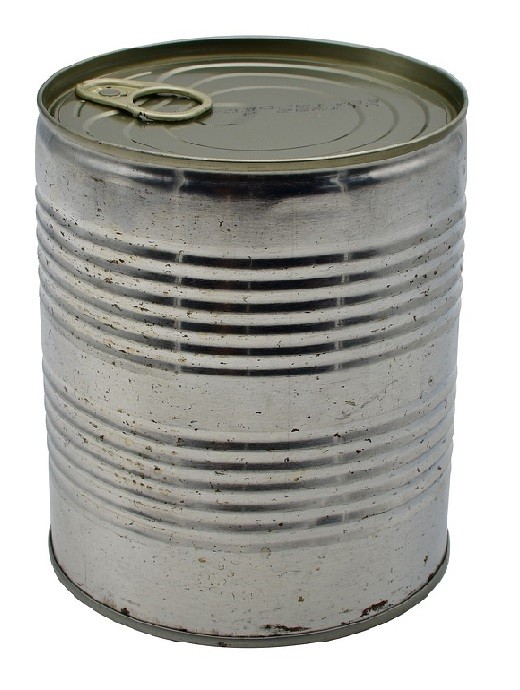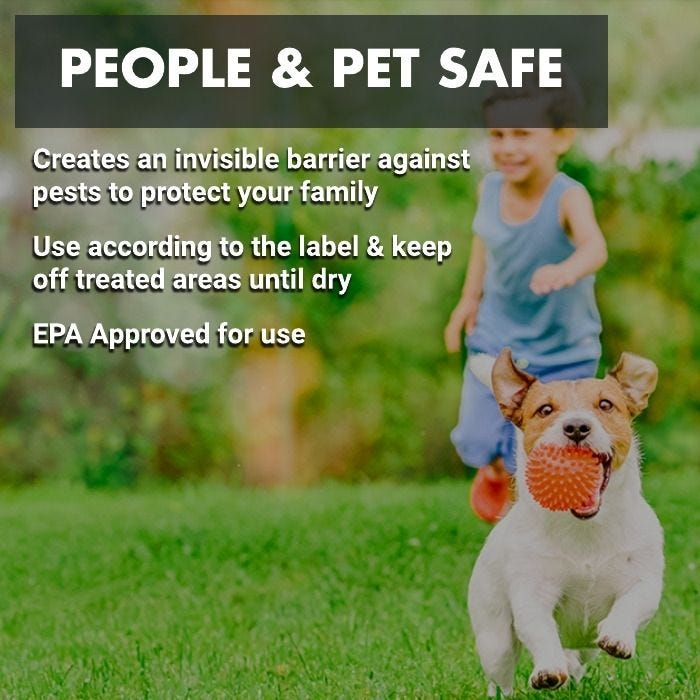DIY Guide: Creating a Safe and Custom Silicone Toy at Home
Introduction
Making a personal toy at home can be a creative and fulfilling project, but safety must be your top priority. This guide provides comprehensive, actionable steps for crafting a custom silicone toy, with a focus on using only body-safe materials and following best practices for hygiene and usability. You will also find expert-backed advice on materials, real-world examples, and alternative pathways if you want to explore different approaches.
Understanding Safety: Why Material Matters
Before starting your DIY project, it’s crucial to understand the importance of body-safe materials . Medical experts and sex educators strongly recommend using non-porous, body-safe silicone for homemade toys. Silicone is non-porous, hypoallergenic, and easy to sanitize, drastically reducing the risk of bacterial buildup and infection. Glass and metal are also considered body-safe, but these require specialized skills and tools to shape and finish safely [2] . Avoid using household items, jelly rubber, or PVC, as they may contain harmful chemicals and are difficult to clean [3] .
Gathering Your Materials
For a safe and effective DIY toy, you will need:
- Platinum-cure silicone (such as Ecoflex 00-50 from Smooth-On) – this is specifically designed for body-safe applications and is widely used in professional products [5] .
- Body-safe color pigments (mica-based or liquid pigments labeled as body-safe)
- Disposable nitrile gloves (to avoid latex contamination, which can interfere with silicone curing)
- Mixing cups and craft sticks for safe mixing
- A mold (either a pre-made silicone mold or a custom mold you design yourself; food-grade silicone molds can be a starting point)
- Silicone mold release spray (to facilitate easy removal)
- Vacuum chamber and pump (optional but recommended for removing air bubbles and achieving a professional finish)
Platinum-cure silicone and associated supplies are available from reputable craft and specialty stores. Always check product specifications for body-safety and hypoallergenic certification.
Step-by-Step Instructions: Making a Custom Silicone Toy
Step 1: Prepare Your Workspace
Set up a clean, dust-free surface with plenty of ventilation. Lay down parchment or wax paper to protect surfaces. Wear gloves to prevent contamination.

Source: youtube.com
Step 2: Prepare the Mold
Spray your mold with a silicone-safe release agent. This ensures your finished product will be easy to remove and preserves the mold for future use. Allow the release agent to dry as directed by the manufacturer.
Step 3: Mix the Silicone
Follow the manufacturer’s instructions for your platinum-cure silicone. Typically, it requires a 1:1 mix by weight or volume. Add pigments if desired, ensuring they are thoroughly blended for even color. Stir gently to minimize air bubbles.
Step 4: De-Gas the Silicone (Optional)
If you have access to a vacuum chamber, place your mixed silicone inside and run the pump to remove trapped air bubbles. This step is not strictly necessary but results in a smoother, safer final product [5] .
Step 5: Pour the Silicone
Slowly pour the silicone mixture into your prepared mold, taking care to avoid trapping air. Fill to the top and gently tap the mold to encourage any remaining bubbles to rise to the surface.
Step 6: Cure
Allow the silicone to cure for the full time specified by the manufacturer (usually several hours). Do not rush this process; incomplete curing may compromise the toy’s safety and longevity.
Step 7: Demold and Inspect
Once fully cured, carefully remove the toy from the mold. Inspect for defects, sharp edges, or sticky spots. If needed, use fine-grit sandpaper (only on silicone areas) to smooth any rough parts. Wash thoroughly with mild soap and water before first use.
Hygiene and Maintenance
Proper cleaning is paramount for safety and longevity. Wash with warm water and mild, unscented soap before and after each use. For deeper cleaning, you can boil pure silicone toys for a few minutes or use a 10% bleach solution (rinse thoroughly afterward) [1] . Always store your toy in a clean, dry place. If sharing with a partner or using on multiple areas, use a new condom each time to prevent transmission of infections [2] .

Source: pond5.com
Alternatives and Important Warnings
Some may consider using household items as makeshift toys. Health experts strongly advise against this, as such items are not designed to be body-safe, may harbor bacteria, and could contain harmful chemicals [3] . Porous materials such as PVC, rubber, or TPR can absorb bacteria and are difficult to sanitize; if you must use a porous toy, always use a condom over it [1] . If you do not have access to suitable materials, consider searching for reputable retailers that sell affordable body-safe toys rather than making do with unsafe alternatives.
Common Challenges and Solutions
Challenge: Air Bubbles in Silicone Solution: Mix slowly and use a vacuum chamber if possible. Tapping the mold gently can help release surface bubbles.
Challenge: Incomplete Curing Solution: Always measure silicone components precisely and follow the manufacturer’s curing times. Environmental factors like temperature and humidity can affect curing, so try to work in a controlled setting.
Challenge: Finding Materials Solution: Search craft supply stores or specialty retailers for platinum-cure silicone and body-safe pigments. Look for clear labeling regarding hypoallergenic and body-safe status. When in doubt, contact the manufacturer directly for safety certifications.
Best Practices for Long-Term Use
Always clean your toy before and after each use. Check regularly for damage, discoloration, or changes in texture, and discontinue use if you notice any irregularities. Store your toy in a clean pouch or box away from direct sunlight and heat sources. If sharing, use a new condom with each partner or body area to prevent cross-contamination [2] .
Alternative Pathways and Support
If you are unable to source body-safe silicone or have concerns about making your own toy, you can find body-safe toys at reputable adult retailers. Look for products labeled “100% silicone,” “borosilicate glass,” or “stainless steel” from established brands. If in doubt about product safety, consult sexual health resources or your healthcare provider for guidance. For more information on sex toy safety, you can contact your local university health service or sexual health clinic [1] .
Conclusion
Making your own custom toy can be a rewarding project if you use body-safe materials and follow best practices for hygiene and safety. Avoid using household items not designed for intimate use, and always prioritize your health and well-being. With careful planning, attention to materials, and diligent cleaning, a DIY toy can provide safe, personalized satisfaction for years to come.
References
MORE FROM gowithdeal.com













